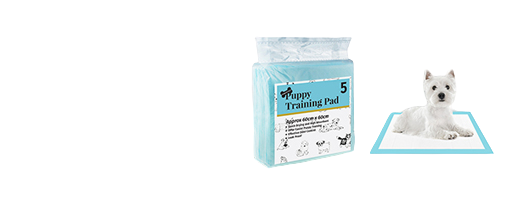
The pH value of sanitary napkins being equated to curtains is a misunderstanding
2024-11-27 21:29
Understanding pH Standards in Sanitary Napkins: Balancing Health and Safety
The topic of pH standards in sanitary napkins has sparked widespread debate among consumers, particularly after netizens pointed out the overlap between the pH requirements for sanitary napkins and those for Class C textile products. This revelation has raised concerns about whether the current pH range for sanitary napkins could pose health risks to women. To address these concerns, reporters conducted a market investigation, compared various standards, and consulted gynecological experts to better understand the implications of pH levels on women's health. This article explores the findings of this investigation, clarifies the standards governing sanitary napkins, and provides expert recommendations for consumers.
The pH Debate: Overlap Between Sanitary Napkins and Textile Standards
The controversy began when consumers noticed that the pH standards for sanitary napkins align with those for Class C textile products, as outlined in the National Textile Product Basic Safety Technical Specification. Class C textiles are defined as non-skin-contact items, which has led to questions about whether these standards are appropriate for sanitary napkins, which come into direct contact with sensitive skin.
pH Range: The national standard for sanitary napkins allows a pH range of 4.0 to 9.0, which is the same as the range for Class C textiles.
Consumer Concerns: Many women worry that this broad pH range may not be suitable for intimate use, given the naturally acidic environment of the vagina (typically with a pH of 3.8 to 4.5).
This overlap has fueled discussions about the adequacy of current regulations and the potential health risks associated with using sanitary napkins that fall within this pH range.
Market Investigation: Comparing Standards and Practices
To address these concerns, reporters conducted a market investigation to compare the standards and practices governing sanitary napkins. The investigation revealed that sanitary napkins are classified as disposable hygiene products, which are subject to different regulations than textiles. However, the pH requirements for both categories are the same, leading to confusion among consumers.
Two Primary Standards: Sanitary napkins on the market currently adhere to two main standards: the National Textile Product Basic Safety Technical Specification and the Hygiene Standard for Disposable Sanitary Products.
Fundamental Differences: While the pH requirements overlap, sanitary napkins and Class C textiles are fundamentally different products with distinct intended uses. Sanitary napkins are designed for direct skin contact, whereas Class C textiles are not.
This distinction highlights the need for clearer communication and more specific standards for sanitary napkins to address consumer concerns.
Expert Opinions: Addressing Health Risks and Providing Guidance
Gynecological experts have weighed in on the debate, offering insights into the potential health risks associated with pH levels in sanitary napkins and providing recommendations for consumers.
Health Risks:
Experts emphasize that the pH of sanitary napkins, while important, does not directly impact vaginal health when used externally. The vagina's natural acidity helps maintain a healthy balance, and external products like sanitary napkins are unlikely to disrupt this balance significantly.Comfort and Breathability:
Gynecologists recommend that women prioritize comfort and breathability when selecting sanitary napkins. Products that are soft, breathable, and free from irritants are less likely to cause discomfort or skin irritation.Choosing Reputable Brands:
Experts advise consumers to choose sanitary napkins from reputable brands that provide evidence of compliance with national safety standards. This ensures that the products have been tested and meet the necessary requirements for safety and quality.
The Role of National Standards in Ensuring Safety
National standards play a crucial role in ensuring the safety and quality of sanitary napkins. While the current pH range may seem broad, it is designed to accommodate a variety of product formulations while maintaining safety. However, there is room for improvement in how these standards are communicated to consumers.
Transparency: Brands should provide clear and accessible information about their products' compliance with national standards, including pH levels and other safety parameters.
Consumer Education: Educating consumers about the factors that influence product safety and how to choose the right sanitary napkins can help alleviate concerns and build trust.
Conclusion: Empowering Women Through Informed Choices
The debate over pH standards in sanitary napkins highlights the importance of transparency, consumer education, and continuous improvement in product safety. While the current standards are designed to ensure safety, there is a need for clearer communication and more specific guidelines to address consumer concerns.
By prioritizing comfort, breathability, and compliance with national standards, women can make informed choices about the sanitary napkins they use. Reputable brands that provide evidence of compliance and prioritize consumer safety will continue to earn the trust of their customers.
As the industry evolves, there is an opportunity to refine standards, improve transparency, and develop products that meet the diverse needs of women. By addressing these challenges, manufacturers can ensure that sanitary napkins remain a safe, reliable, and comfortable choice for women around the world.
Get the latest price? We'll respond as soon as possible(within 12 hours)















